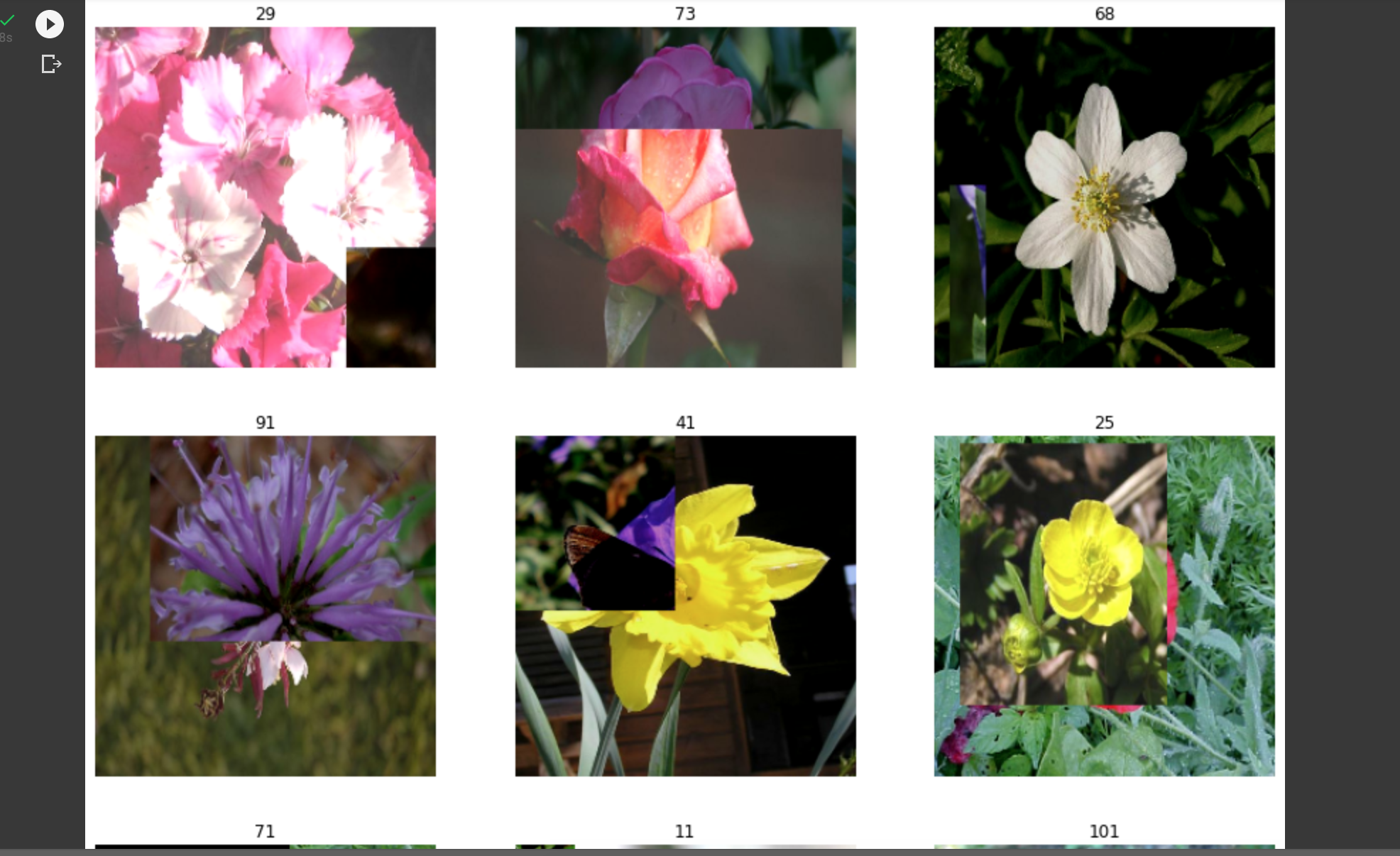
오늘의 학습 리스트
-
만약 custom 함수 안에 또 다른 custom 함수를 쓰는데 둘 다 같은 argument 이름을 갖는다 쳐도, 그게 제일 상위 함수에서 파라미터 값을 넣어줬을 때 안쪽 함수에 연결되어 있지 않으면 안쪽 함수의 파라미터로서 역할을 하지 않는다.
-
Order of
.shuffle(),.repeat(),.batch()matters......-
아이펠 노드에서 전처리를 위해 써놓은 함수이다.
-
def normalize_and_resize_img(image, label): # Normalizes images: `uint8` -> `float32` image = tf.image.resize(image, [224, 224]) return tf.cast(image, tf.float32) / 255., label def augment(image, label): image = tf.image.random_flip_left_right(image) image = tf.image.random_brightness(image, max_delta=0.2) image = tf.clip_by_value(image, 0, 1) return image, label def apply_normalize_on_dataset(ds, is_test=False, batch_size=16, with_aug=False, with_cutmix=False): ds = ds.map( normalize_and_resize_img, num_parallel_calls=2 ) if not is_test and with_aug: ds = ds.map( augment ) ds = ds.batch(batch_size) if not is_test and with_cutmix: ds = ds.map( cutmix, num_parallel_calls=2 ) else: ds = ds.map( onehot, num_parallel_calls=2 ) if not is_test: ds = ds.repeat() ds = ds.shuffle(200) ds = ds.prefetch(tf.data.experimental.AUTOTUNE) return ds print('=3') -
여기서 핵심은 cutmix, mixup이란 함수를 쓰려면 batch화가 먼저 되어야 한다는 건데
-
일단 나는 아래와 같이 바꿔봤다.
-
def preprocess_on_dataset(ds, is_test=False, batch_size=16, with_cutmix=False, with_mixup=False): # 전체 다 실행하는 normalize_and_resize(+라벨 one-hot) ds = ds.map(normalize_and_resize_img, num_parallel_calls=tf.data.AUTOTUNE) if is_test: ds = ds.prefetch(tf.data.AUTOTUNE) return ds else: ds = ds.map(augment, num_parallel_calls=tf.data.AUTOTUNE) # train일 경우 기본 augmentation은 다 적용 ds = ds.batch(batch_size) # batch화 해야지 cutmix 및 mixup을 할 수 있음 if with_cutmix: ds = ds.map(cutmix, num_parallel_calls=tf.data.AUTOTUNE) elif with_mixup: ds = ds.map(mixup, num_parallel_calls=tf.data.AUTOTUNE) ds = ds.repeat().shuffle(1020).prefetch(tf.data.AUTOTUNE) return ds -
그런데 이렇게 하니까 어떤 건
cutmix,mixup이 아니지만is_test=False이 아닌 전처리가 처리된 데이터셋은 shape이(None, 224, 224, 3)과 같이 떴다((64, 224, 224, 3)이런 거 기대했는데) -
왜 그럴까 찾아보니 batch, repeat, shuffle의 순서 때문인 것 같다...
-
아 사실 위에는 repeat, shuffle 들의 순서에 관련한 것이지만, 내 문제에 대한 해답은 알 수 없었다.
- 참고로 저렇게 cutmix, mixup 처리된 것들이
((64, 224, 224, 3))같은 shape을 나타내주는 게 왜인지 모르겠지만 정상인 것 같다. - 어쩌면 cutmix, mixup 함수를 구현할 때 그렇게 배치 사이즈별로 딱 그룹(?)화해서 넣어준 것 때문인 것 같다.
- 참고로 저렇게 cutmix, mixup 처리된 것들이
-
-
tf.data.experimental.cardinality(ds_train_norm)- 만약 무언가 배치화 했다면, 위의 함수를 써서 나오는 숫자는 배치의 수이다.
- 첫번째 배치 내의 수 아님!!!!!!!!!
- 따라서 2,000개의 데이터가 있었는데 10씩 배치화했다면, 위에서 나오는 수는 200이 됨
-
fit()에 쓰는steps_per_epoch도 용도가 있었다.- 데이터셋에
repeat()을 걸어서 무한대로 가주니까steps_per_epoch를 명시해줘야 한단다.(아니면 어디가 한 에포크의 기준선인지 모르단다.)
- 데이터셋에
요즘 Tensorflow를 많이 써가면서 이것저것 그 안에 있는 것들의 용도와 원리들을 깨달아가고 있다. 참 감사한 순간이다.
